CSF contributes to the categorization of the Yaguas Reserved Zone through a Cost-Benefit Analysis
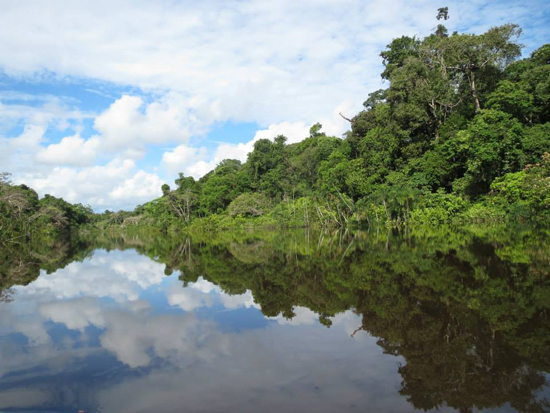
Photo credit: Anita Escobedo.
In partnership with the National Service of Protected Areas of Peru (SERNANP) and with the support of the Andes Amazon Fund, Conservation Strategy Fund conducted a cost-benefit analysis to support the technical proposal to categorize the Yaguas Reserved Zone as a National Park. On March 31, 2016 the commission in charge of evaluating the technical proposal approved the file (here) initiating the process of consultation with stakeholders for the constitution of the national park.
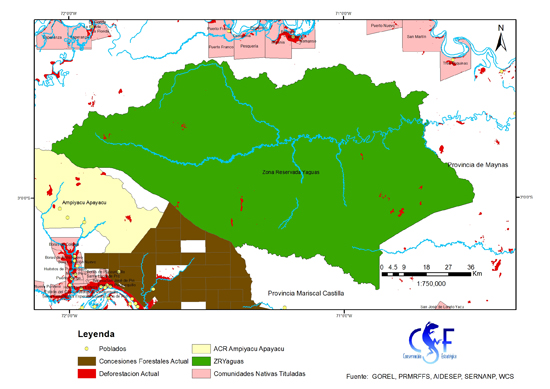
Photo credit: Anita Escobedo.
Yaguas is located in a remote and isolated area of the Peruvian Amazon (see Map), which contains great biodiversity in excellent state of conservation. Establishing this new 870,000 hectare national park (an area almost three times larger than Yosemite National Park) will result in the protection of the species that inhabit it, its geological formations and the ecological processes of the Ríos Yaguas and Cotuhé basins, and it will allow 13 native communities and 9 indigenous peoples to continue to benefit from the ecosystem services offered by this area.
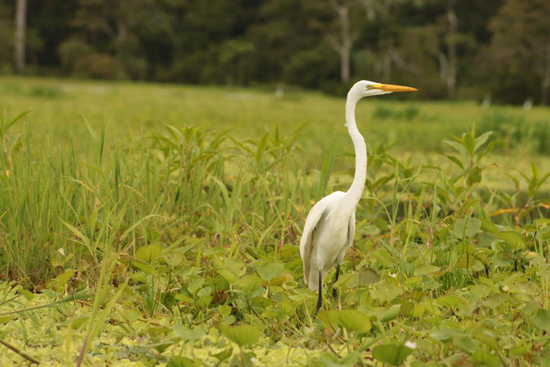
Photo credit: Anita Escobedo.
The cost-benefit analysis carried out by CSF demonstrated the economic viability of the creation of the Yaguas National Park, considering the current context and future threats that may affect the area. The identified benefits, breeding area for species hunted by local communities, carbon storage and avoided impacts of illegal activities and existence value, are greater than the projected costs for the establishment of the area, even in the most conservative scenarios. Our models showed a net present value of S/. 28.7 million in benefits and S/. 6.5 million in costs, over a period of 20 years.
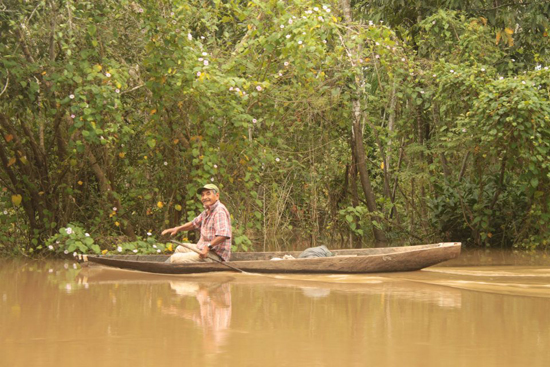
Photo credit: Anita Escobedo.
The study also shows that most of the benefits generated by the creation of the new park (S/. 17.2 million, or 60% of the total estimated benefits) would be received by local communities, through the contribution of the proposed area to the conservation of game species such as the Huangana (Tayassu pecari), and the maintenance of adequate quantities of the species in hunting areas, resulting in increased well-being of local people in terms of saved hunting costs, compared to a stage without a park. Another of the potential benefits analyzed was the avoided disturbance of the forest and the participation in the carbon market that, together with the avoided costs of treatment of effluents from illegal mining and the estimated existence value, amount to more than S/. 11.5 million over the next 20 years. Although the analysis did not estimate its value, the creation of the park will also help to prevent the advance of illegal activities such as logging and mining, and promote models of sustainable development and governance in the region.
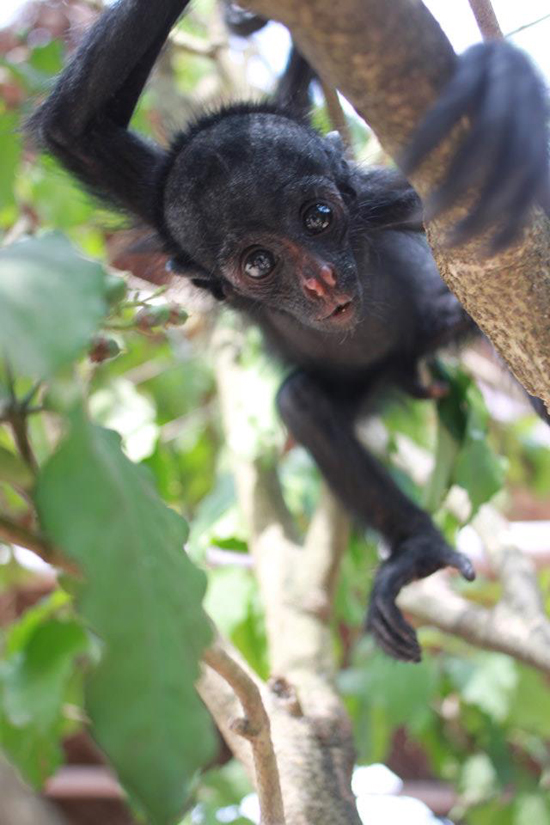
Photo credit: Anita Escobedo.
CSF will continue to collaborate with SERNANP until the establishment of the Yaguas National Park, through technical support, the development of terms of reference for cost-benefit analysis in future proposals for the creation of protected areas, and training of SERNANP personnel and other interested stakeholders in the implementation of such guidelines.
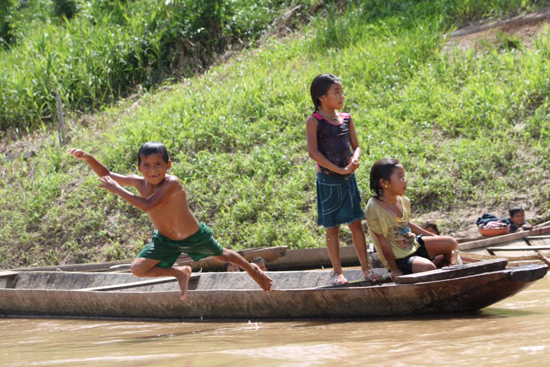
Photo credit: Anita Escobedo.
- Log in to post comments
